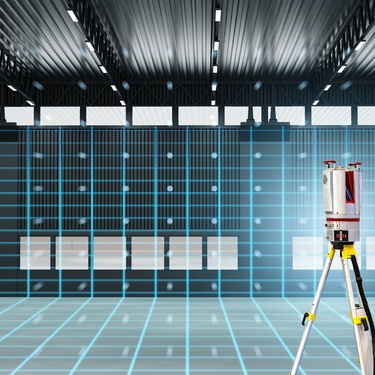
Owning a business that uses a conveyor belt can be a pretty tedious task. Not only do you have to maintain the belt itself, but you also have to worry about the products you use on it.
If something goes wrong with the belt or the products, your business can cause many problems. This article will cover how to prevent common conveyor belt issues and keep your business running smoothly.
Inspect Your Belts Regularly
One of the most important things you can do to prevent conveyor belt issues is to inspect it regularly. You should look for signs of wear and tear and any objects that might get stuck in the belt.
If you see any damage, you should fix it immediately. Otherwise, the damage will only worsen and could eventually break the conveyor belt.
Keep the Belt Clean
Another important thing to do is to keep the belt clean. If there are any spills or debris on the belt, they can cause problems. Not only will they make the belt less effective, but they could also lead to accidents if someone slips on the debris.
To keep the belt clean, you should have a cleaning schedule and stick to it. You can also make signs to remind employees to clean the conveyor belt area.
Monitor the Belt Speed
The speed of the conveyor belt is also something you need to monitor. If the belt goes too fast, it can cause products to fall off. If it's going too slow, it can cause the belt to overheat and break.
You should check the belt's speed regularly and ensure it's running at the correct rate. You can also set up alarms that will go off if the belt starts to go too fast or too slow.
Set Your Employees Up for Success
Finally, you need to set your employees up for success. They should know how to use the conveyor belt properly and be aware of the potential hazards.
You should also have a system for how the material gets to the belt and how to load it. Whether you use drive-in pallet racking or another storage system, your employees should know how to use it properly.
Following these tips can prevent common conveyor belt issues and keep your business running smoothly. Saving money on conveyor belt repairs and replacements will ultimately help your business save money in the long run.
Also, your warehouse or distribution center will run better, and your employees will be safer.



















